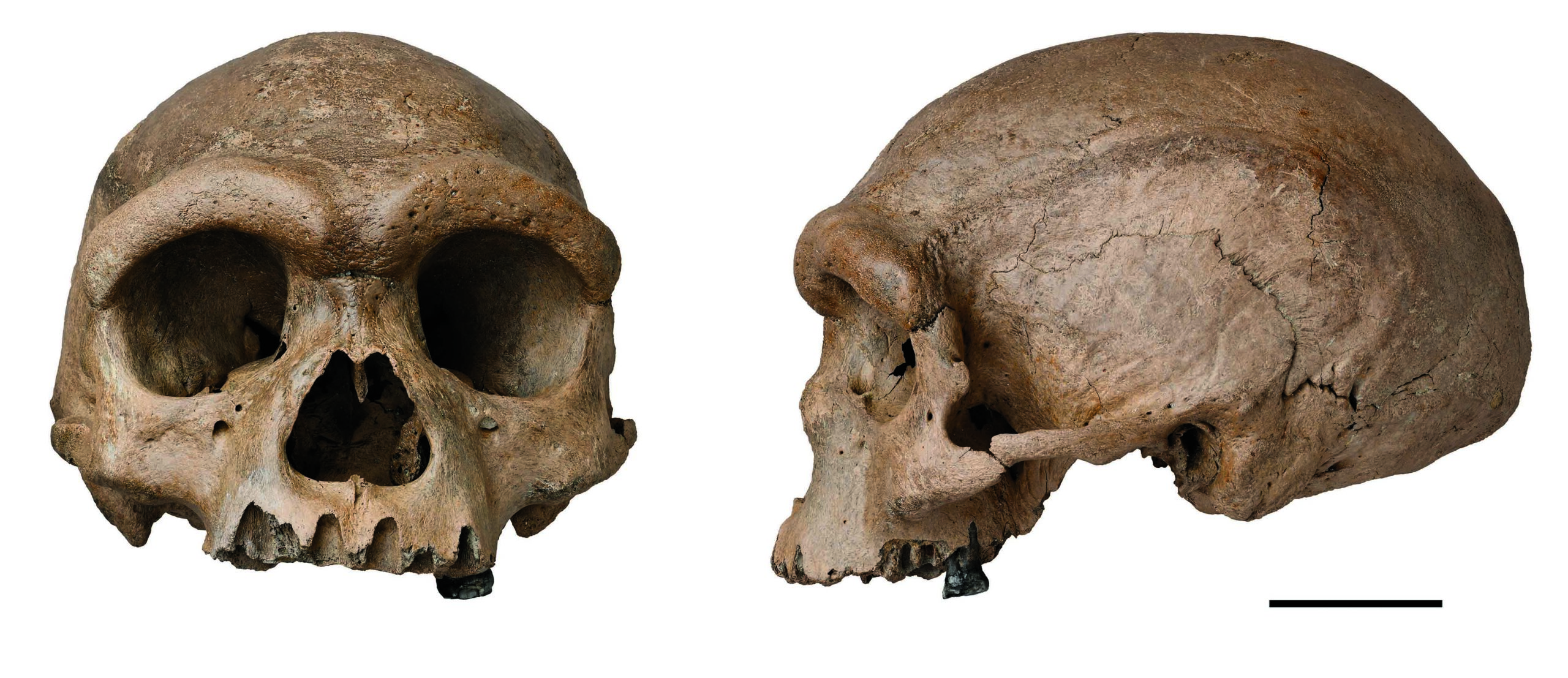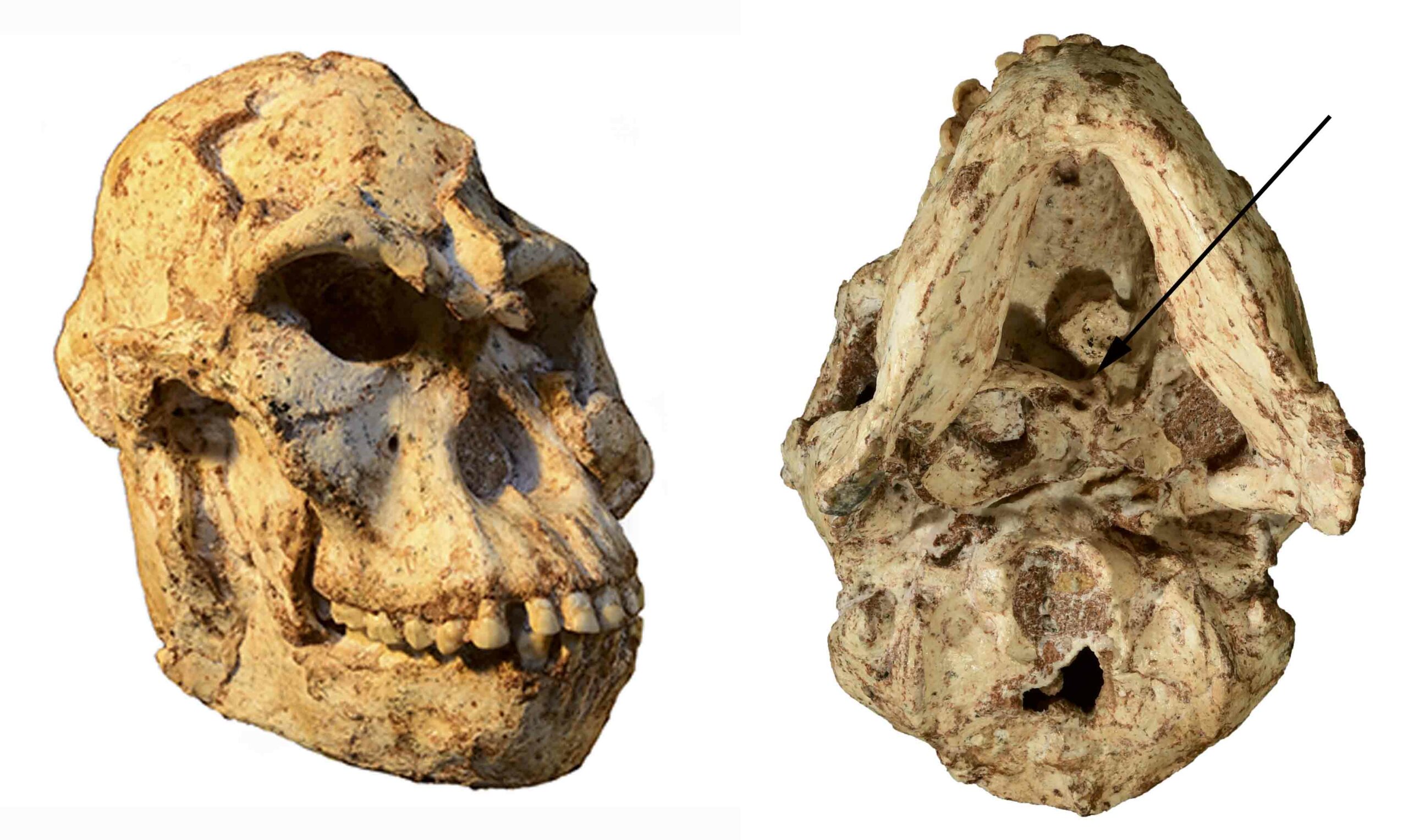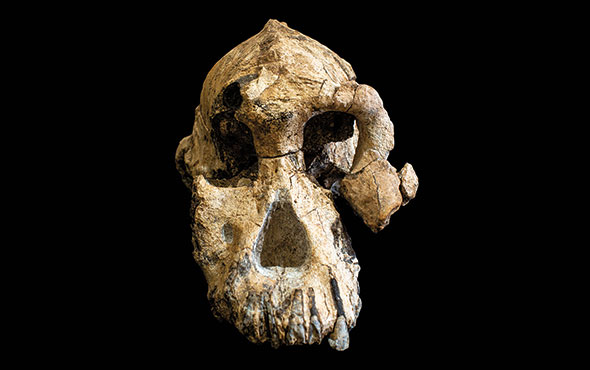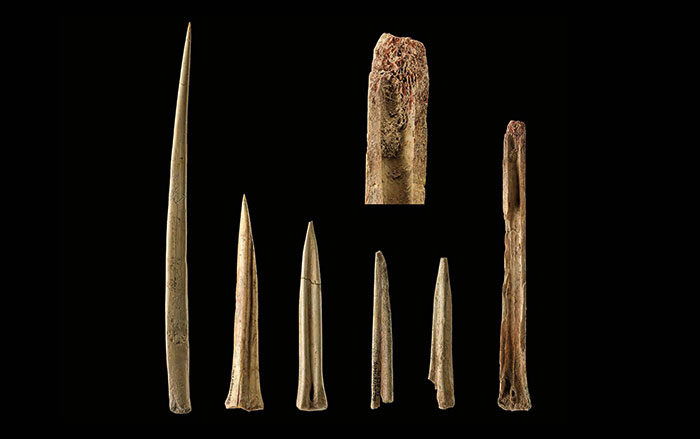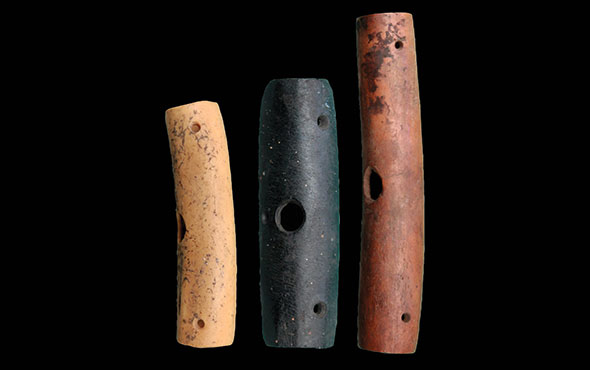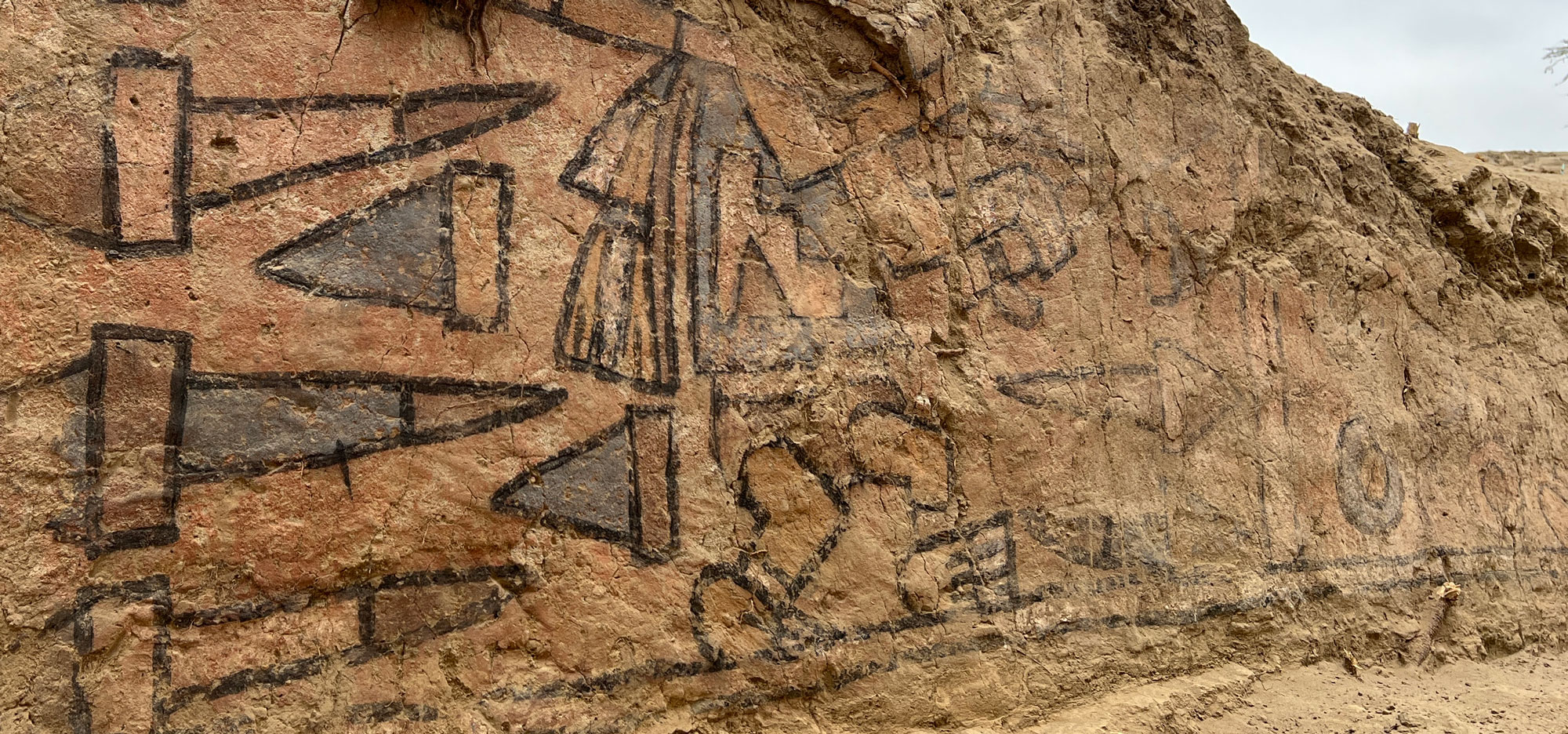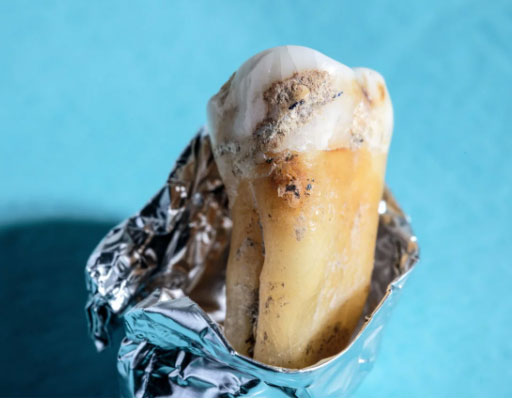
CAMBRIDGE, MASSACHUSETTS—Science Magazine reports that a team of researchers including Christina Warinner of Harvard University has used samples of dental calculus from the remains of 46 people who lived between 30,000 and 150 years ago to reconstruct the genomes of extinct and previously unknown oral bacteria. They even inserted some of the ancient genes into modern bacteria, in an experiment suggesting that ancient bacteria may have produced molecules for cellular signaling, just as modern bacteria do. “We haven’t brought [the microbes] back to life, but identified key genes for making chemical compounds we’re interested in,” Warinner said. For example, chlorobium, a bacterium not found in living humans, exists in anaerobic conditions with little light. It may have entered an ancient person’s mouth by drinking cave water, or it may have been part of some people’s ancient oral microbiome, Warinner explained. Other enzymes produced by the bacteria could have played a role in immune responses and helped ancient people to digest nutrients in their food, she concluded. Read the original scholarly article about this research in Science. For more on ancient microbial DNA in dental calculus, go to "Worlds Within Us."



